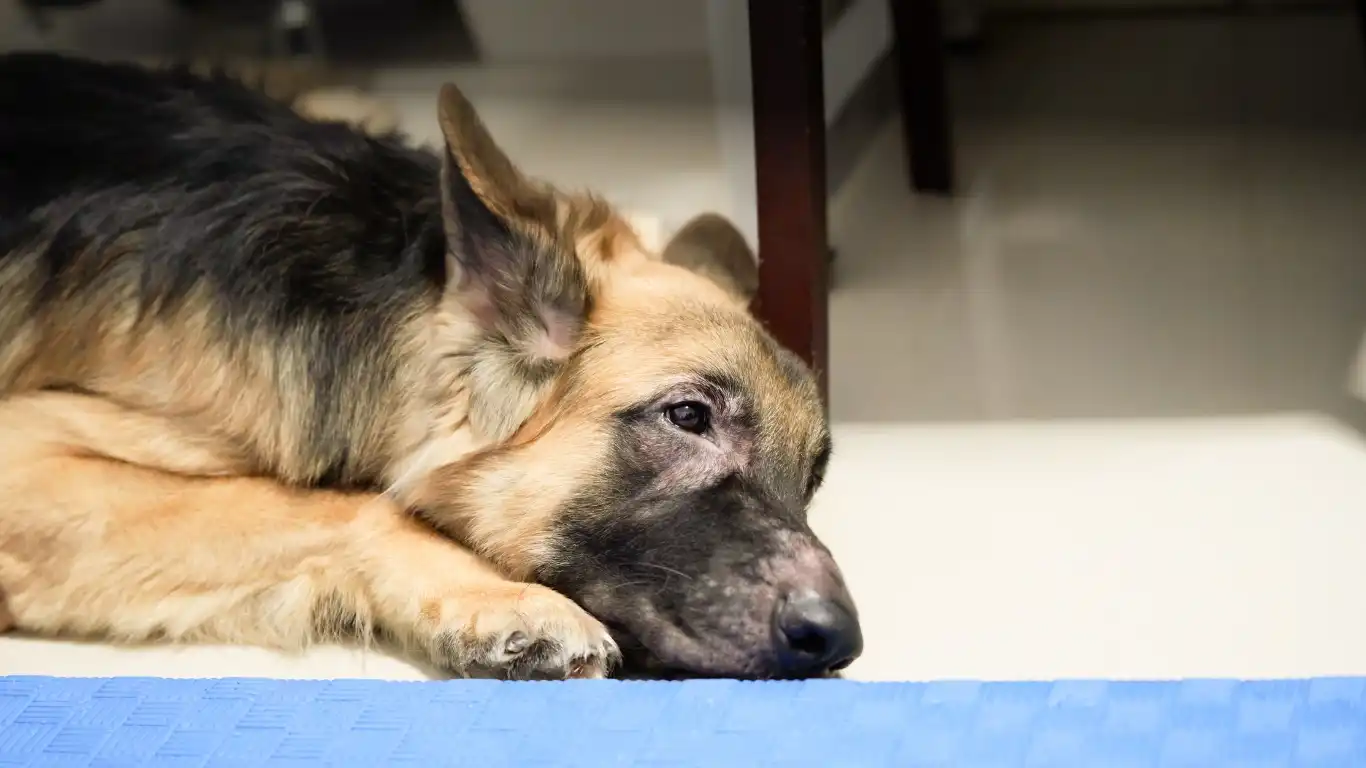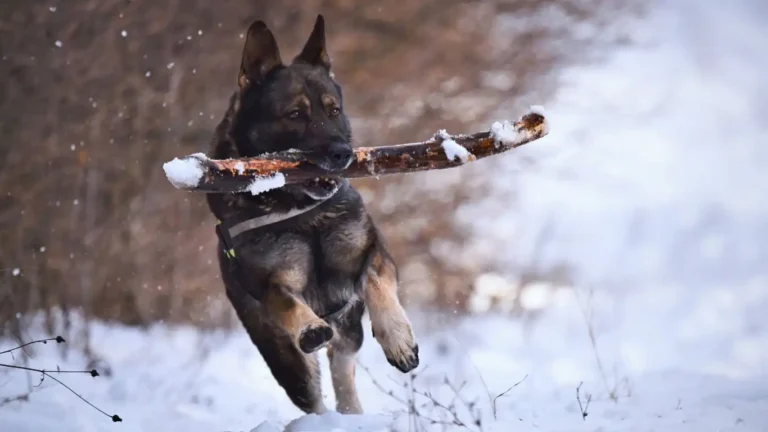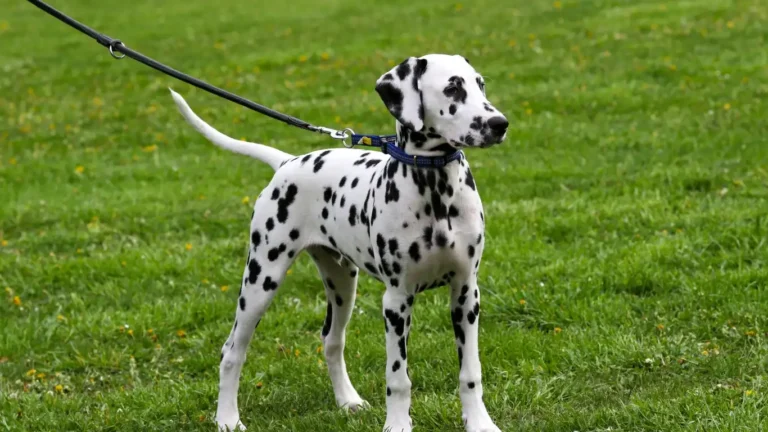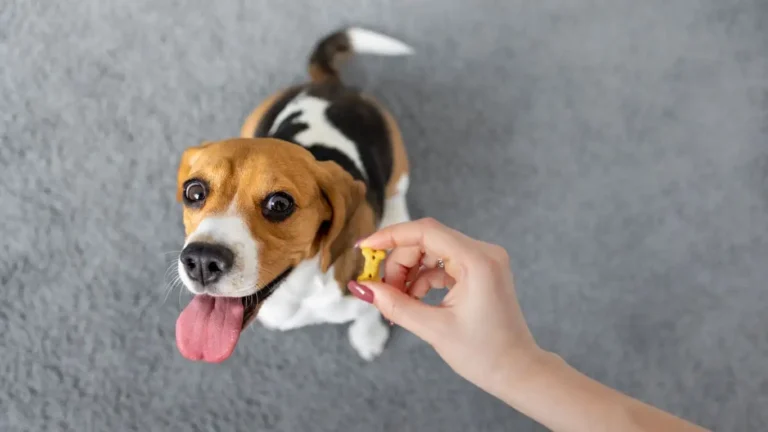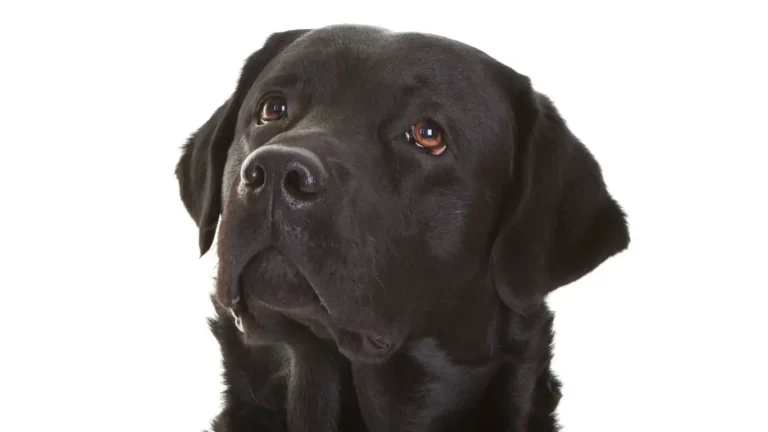Why Teaching Your Dog to Use a Dog Door Can Save Your Sanity
If you’re wondering how to teach your dog to use a dog door, you’re not alone. As a Veterinary Technician and Nutrition Specialist, I’ve had tons of clients ask me this very thing — usually while wrangling a nervous pup who just can’t figure it out. Whether your dog’s unsure, stubborn, or just downright uninterested in this mysterious flap in the wall, don’t worry — I’ve got you. This guide pulls from my years of experience working with dogs of all shapes, sizes, and temperaments. We’re gonna make this dog door training thing simple, stress-free, and even a little fun for both of you.
Why Even Bother With a Dog Door?
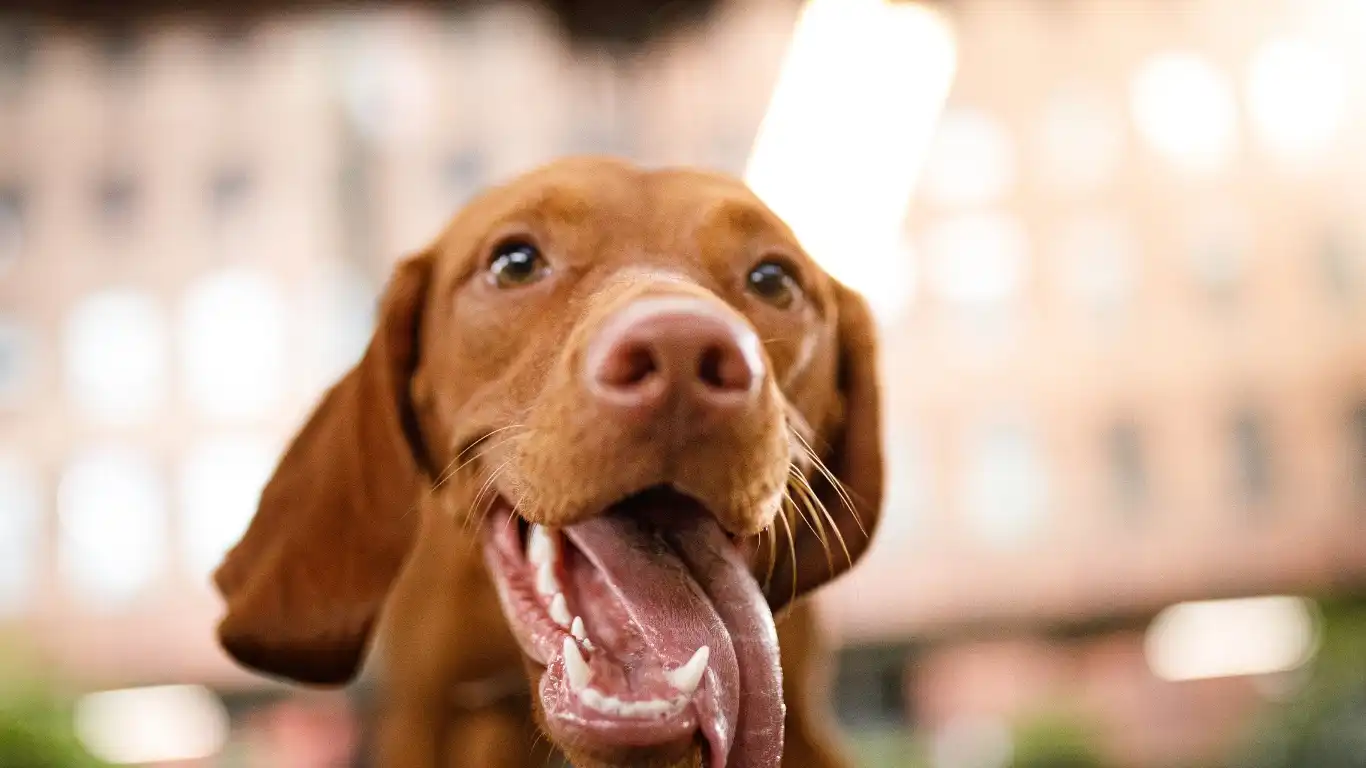
Before we dive into the nitty-gritty, let’s chat about why it’s worth putting in the effort. A properly trained dog door user is a game-changer. It means fewer accidents inside the house, no more early morning wake-up calls to be let out, and total freedom (within your fenced yard, of course). It gives dogs more autonomy and boosts their confidence — especially for breeds that are naturally independent or curious. Plus, it makes life easier on you, too. Win-win!
Choosing the Right Dog Door

First things first — you’ve gotta pick the right door. This part often gets overlooked, but it seriously matters. The wrong fit or flap can totally throw off your training. You want a door that’s the right size for your dog — not too small, not ridiculously oversized. If you’ve got a puppy, consider their full-grown size. Trust me, I’ve seen Great Dane puppies who outgrew their “starter door” in a few months and ended up back at square one.
Things to look for:
- Size: Your dog should be able to pass through without ducking too low or squeezing.
- Flap Resistance: Make sure the flap isn’t too heavy. Senior dogs and smaller breeds often struggle with stiff doors.
- Security: Locking options or smart features to control access are ideal — especially if you live in a multi-pet home or an area with wildlife.
I’ve also helped install dog doors in sliding glass doors, walls, and even screened porches. You don’t have to stick with basic options — just make sure whatever you go with suits your lifestyle and your dog’s behavior.
Get Your Dog Comfortable With the Door
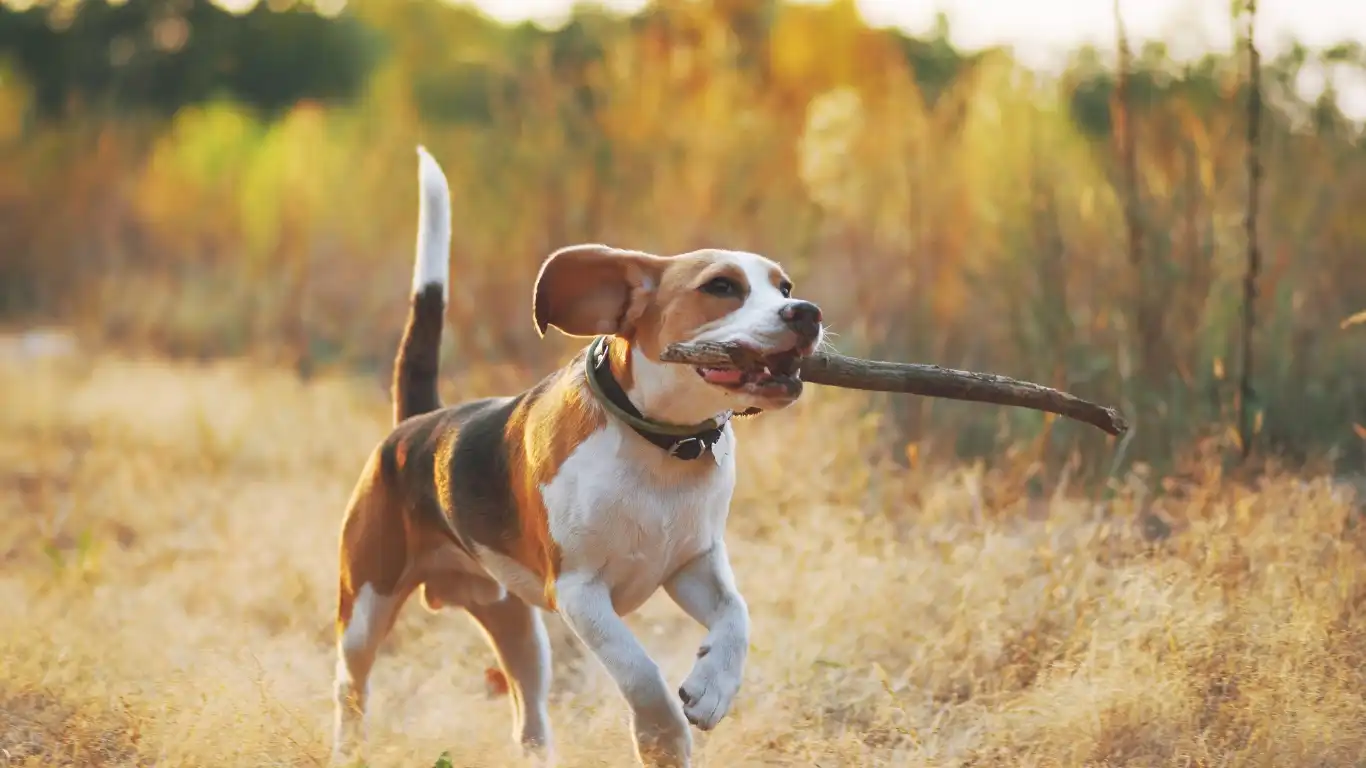
Alright, now let’s talk about the actual training. Most dogs don’t take to the dog door instantly. That’s normal! It’s this weird flappy thing, and unless they’ve seen another dog use one, they probably have no clue what to do with it. This step is all about creating positive associations and making the door feel less scary.
Start with the flap open
I usually recommend propping the flap open at first. Let your dog see that there’s a space they can walk through. I like using something light like a clothespin or a piece of painter’s tape so it’s easy to remove later. Then:
- Stand on the other side of the door with their favorite treat or toy.
- Call them excitedly, and reward the heck out of any attempt to move toward the opening.
- If they hesitate, don’t rush them. I’ve had nervous rescue dogs take 15 minutes just to poke their head through — and that’s okay.
Patience is your best friend here. You want your dog to figure it out at their own pace, not feel like they’re being shoved into the unknown. I once worked with a very timid Cocker Spaniel who wouldn’t go near the flap for days. But with enough turkey slices and gentle encouragement, she eventually made it through — tail wagging like crazy. That’s the kind of win we’re going for.
Practice going both ways
A common mistake I see? Only training your dog to go out. But coming back in can be just as confusing for them, especially since it often involves a darker room or different scents. So once they’re confident exiting, switch sides and repeat the process in reverse. You’ll be amazed at how fast their confidence builds once they realize it’s a two-way street.
Turning Training into a Routine
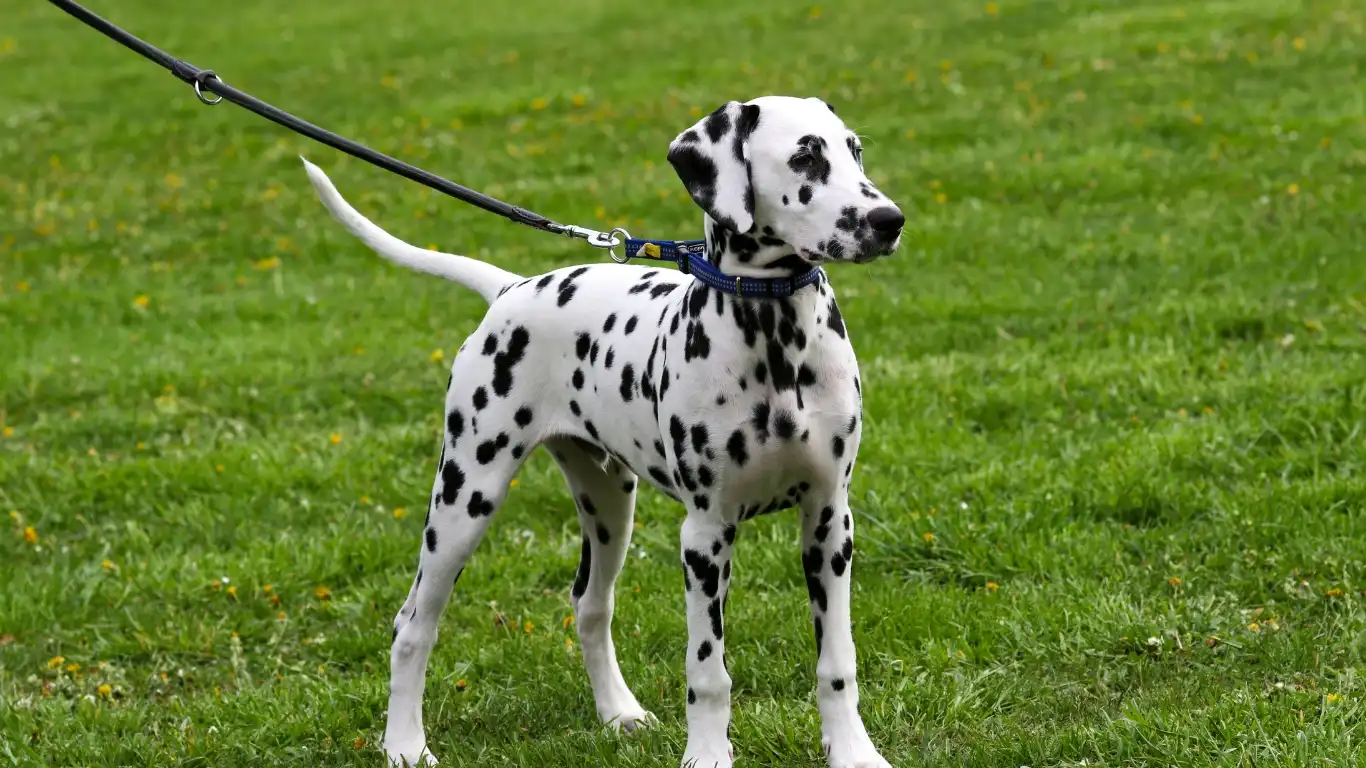
Now that your pup is starting to grasp the concept, the real key is consistency. Just like with potty training or leash manners, repetition builds confidence. I always tell clients — make the dog door part of your daily rhythm. Let your dog out the same way each time, encourage them to use the flap rather than opening the regular door, and praise like you’ve never praised before.
Dogs are creatures of habit. Once they link the dog door with a positive experience (sniffing the yard, chasing a squirrel, or finding their favorite sunny nap spot), they’ll start using it without a second thought. One of my golden retriever patients, Toby, went from terrified of the flap to using it every time he wanted to chase falling leaves — and let me tell you, that boy loved his leaves.
Use cues and reinforcement
If your dog’s still unsure, try adding a verbal cue like “outside!” or “go potty!” right before they go through the door. Dogs often thrive with verbal consistency. Every time they go through on cue, throw a little celebration — a treat, a belly rub, or an excited “good dog!” can go a long way.
- Use a clicker if you’re into clicker training — great for marking the exact moment they succeed.
- Offer a treat on both sides of the door to encourage a full round trip.
- Never scold or punish around the door — it can make them associate the area with fear.
I once worked with a border collie who refused to come back inside because her owner yelled at her near the dog door after a digging incident. After a few calm training sessions, plus some cheese (her favorite), we got her confidence back. Mistakes happen, but recovery is totally possible with a little patience.
Handling Setbacks Like a Pro
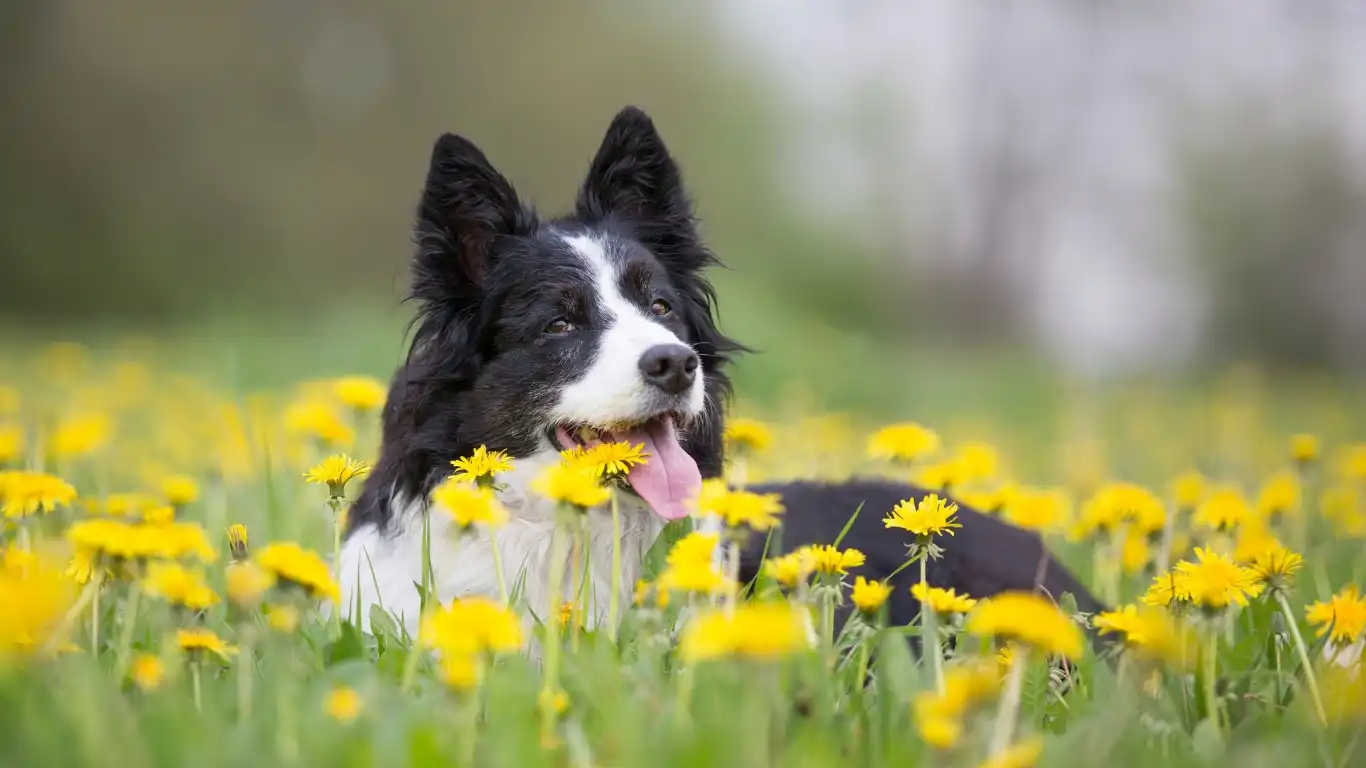
Here’s the thing — not all training is linear. Some days your dog may use the door like a pro, and the next day act like it’s a portal to the underworld. That’s normal. Just like people, dogs have off days. If your pup regresses, don’t panic. Just rewind the training a bit and go back to the basics. Open the flap. Use treats. Be patient.
What causes setbacks?
- Noise or new surroundings: A windy day or a noisy yard might spook your dog.
- Negative experience: If the flap hit their nose or got stuck, they might be hesitant.
- Change in environment: New furniture, visitors, or other pets can distract or unsettle them.
When setbacks happen, I always tell clients to stay calm. Don’t push your dog through or make it a big deal. Instead, reset the scene. Sometimes we’ll even sit on the floor with them and act like we’re exploring the flap together. It’s silly, sure, but dogs read our body language and energy more than we think.
Special Tips for Puppies and Senior Dogs

Let’s be honest — not all dogs are the same, and age makes a big difference. Puppies, with their tiny legs and short attention spans, usually pick up on things fast but get distracted easily. Senior dogs, on the other hand, might take longer and need a little extra TLC.
For puppies:
- Use super soft treats that are high-value — think boiled chicken or liver treats.
- Keep sessions short but frequent. Three 5-minute sessions beat one long 20-minute one.
- Pair the dog door with potty training. The door becomes their bathroom portal — very effective!
For senior dogs:
- Make sure the step up or down through the door is gentle. Add a small ramp if needed.
- Open the flap manually until they feel comfortable pushing it themselves.
- Keep treats low-calorie if they’re on a weight-sensitive diet — I often use baby carrots or low-fat cheese slivers.
One of my older patients, a 14-year-old pug named Millie, absolutely refused to use her new door. Her arthritis made it tough to push through, and she was a little stubborn (as pugs often are). After a couple of weeks of gentle coaxing, a soft rubber flap replacement, and a few ramps, she eventually mastered it — and her owners were thrilled not to wake up at 3 AM anymore.
It’s all about adapting to the dog in front of you. They don’t all follow the same path, but they’ll get there with the right support.
When to Level Up: Adding Smart Tech and Advanced Features
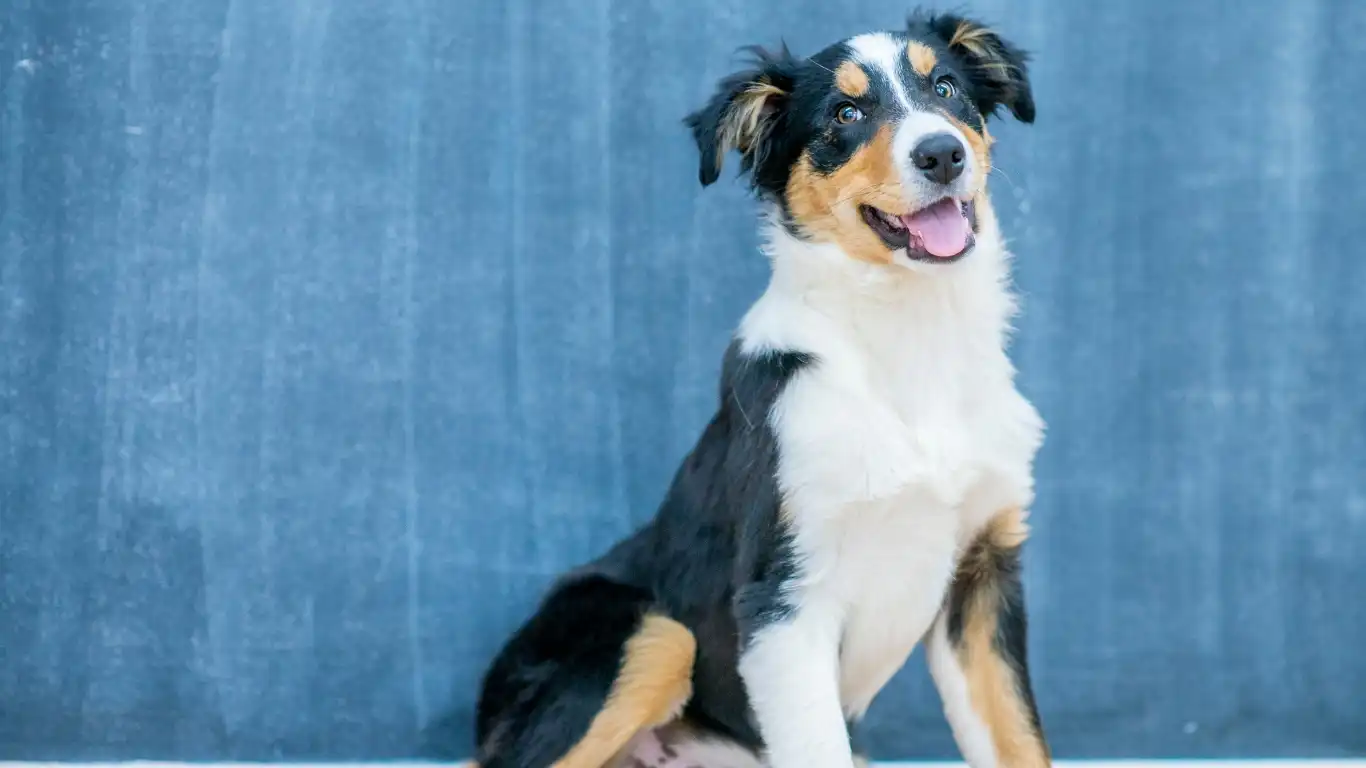
Once your dog is confidently using the flap like a pro, you might start wondering — what’s next? Believe it or not, there are some pretty cool upgrades out there. I’ve had several clients go all-in with smart dog doors — the kind that only open when your dog’s collar sensor is nearby or that can be locked remotely via an app. Not necessary for everyone, but if you live in an area with wildlife or other outdoor pets, they can be a lifesaver.
One client of mine, a tech-savvy couple with two Huskies, upgraded to a microchip-activated door after a stray raccoon found its way into their kitchen (yikes!). Since their dogs were already microchipped, it synced perfectly and solved the issue instantly. These options are more of an investment, but for the right situation, totally worth it.
Popular advanced features:
- Collar or chip activation: Allows only authorized pets through.
- Timer settings: Control access based on time of day — helpful if you want to keep them inside overnight.
- App control: Monitor activity and lock/unlock remotely.
It’s not for everyone, but if your dog has mastered the basics, adding some tech can make your life a whole lot smoother.
Common Mistakes and How to Avoid Them

Even experienced dog parents slip up sometimes. I’ve seen it all — from folks who forget to secure the flap and end up with an indoor mud puddle, to well-meaning owners who accidentally scare their dog away from the door by pushing too hard. Here are a few common training missteps and how to dodge them.
1. Rushing the process
Probably the biggest one. Look, I get it — we’re all busy. But trying to force a nervous pup through the door usually backfires. Instead, build trust first. If your dog hesitates, just chill with them by the flap. Bring snacks. Make it feel like no big deal.
2. Inconsistent reinforcement
If sometimes you open the regular door and other times expect them to use the dog door, it gets confusing. Dogs thrive on routine. The more consistent you are, the faster they’ll “get it.”
3. Ignoring the environment
I once helped a family train their dog to use a new door, only to realize the outdoor area had a motion-sensor sprinkler right next to it. Every time the dog went through, she got sprayed. Poor thing was traumatized! Always check for stuff like loud noises, obstacles, or slippery steps around the door area.
When to Call In a Pro
Sometimes, despite your best efforts, things just aren’t clicking. If that’s the case, there’s zero shame in calling a professional dog trainer. I’ve worked alongside trainers who specialize in building confidence in fearful dogs — and believe me, their insight is gold.
A trainer can help you figure out if it’s a fear issue, a physical limitation, or just a simple communication gap. In a few sessions, many dogs make more progress than they would in weeks of trial and error at home.
Final Thoughts on Teaching Your Dog to Use a Dog Door
So yeah — how to teach your dog to use a dog door might sound like a small task, but it’s got big benefits. It’s about giving your dog freedom and independence, reducing stress for both of you, and creating a smoother routine. And when done right, it can actually be a bonding experience, too.
Every dog is unique. Some pick it up in an afternoon, others take weeks. My advice? Be patient, be encouraging, and don’t be afraid to pivot your approach if something’s not working. And always celebrate the small wins. That first tail-wagging trip through the flap? Totally worth it.
References
Disclaimer
This article is for educational and informational purposes only. It is not intended to replace professional veterinary advice, diagnosis, or treatment. Always consult with your veterinarian or a qualified dog trainer before making any changes to your pet’s behavior training or routine, especially if your dog has health issues or anxiety-related concerns.
